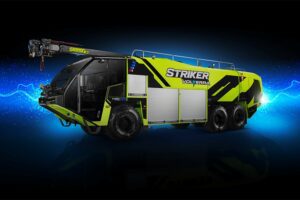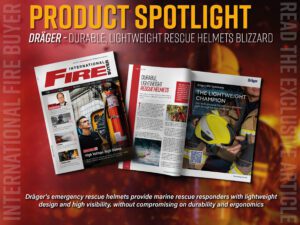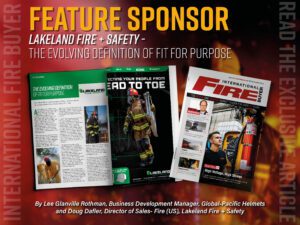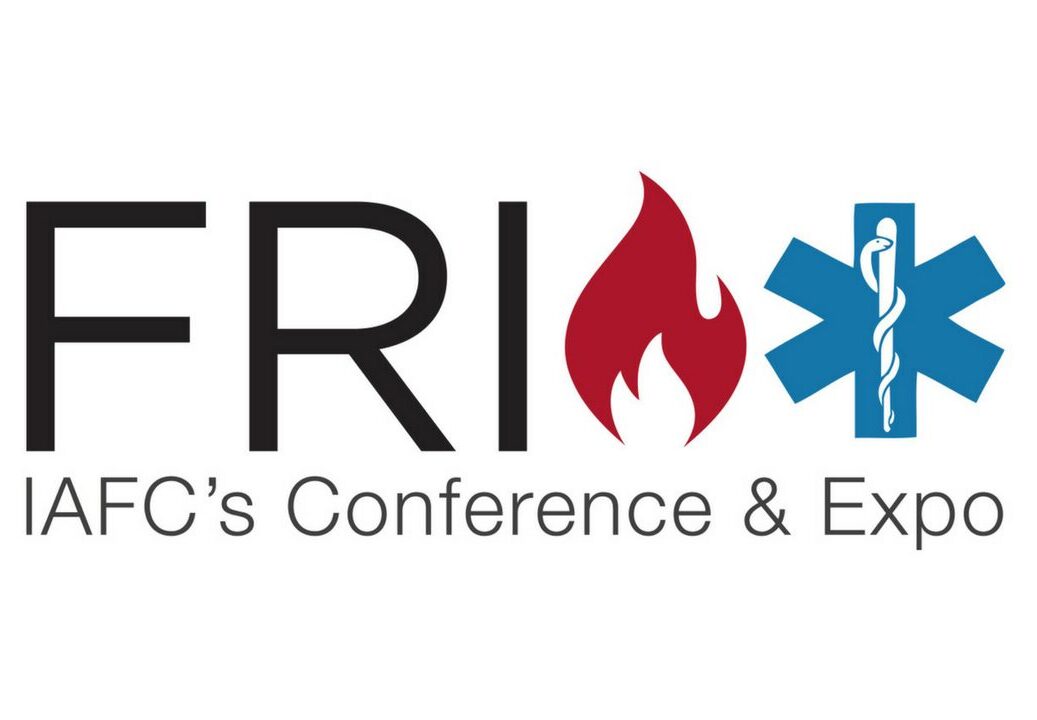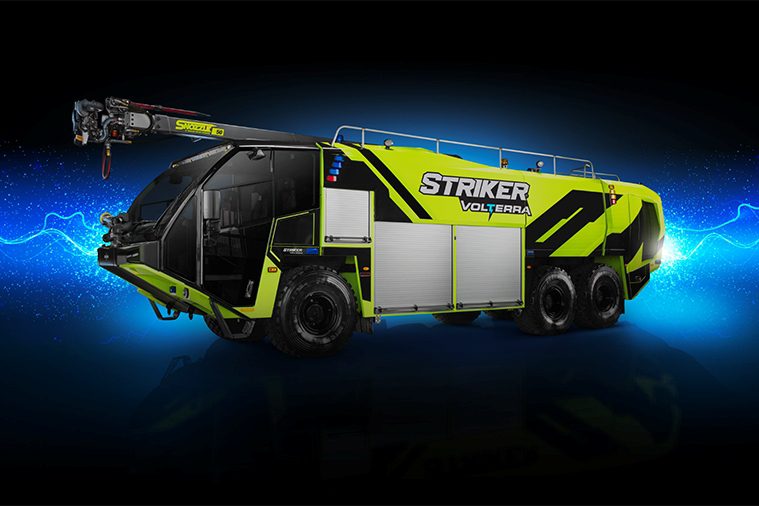Mother Nature does strange and wild things; whether it is flood, wind storm, hurricane, tsunami, cyclones, typhoon, earthquake, hail, snow, all such phenomena significantly affect the emergency services. And the magnitude of damages, life hazard, and both property/life loss are hard to visualise.
The definition of a tornado is ‘a fast and violent rotating column of air that may or may not be in contact with the ground’. The terms ‘tornado’ and ‘cyclone’ are used interchangeably in some parts of the world. While they come in various sizes, magnitudes and shapes they are usually in the form of a funnel that is sometimes not visible (they become visible because of condensation in the air due to pressure differentials) and when the narrow end will hit the earth and entrain debris and dust. The typical tornado exhibits speeds less than 110 miles per hour (177 km/hr) and are about 250 feet (76 m) in width and will travel anywhere from less than a mile to many miles cross-country. But tornadoes of up to two miles (3.2 km) across and staying on the ground for dozens of miles (more than 100 km) have occurred.
Tornadoes are ‘rated’ in severity according to the Enhanced Fujita Scale, which gives a numerical value to the phenomena and is UN-update-based on better Engineering analysis and history.
While there are several rating systems for determining the severity of a tornado, using the enhanced Fujita scale a tornado is rated as:
EF0 65-85 mph (104-137 km/hr) with three-second gusts
EF1 86-100 mph (138-175 km/hr)
EF2 111-137 mph (177 – 220 km/hr)
EF3 138-167 mph (221 – 268 km/hr)
EF4 168-199 mph (270 – 320 km/hr)
EF5 200 – 234 mph ( 322 – 377 km/hr)
An EF0 tornado will damage trees but would not greatly affect significant structures but on the other end of the score, EF5, will simply destroy buildings and wipe them out down to the foundations. While most USA tornadoes are in the EF0 and EF1 range, about 1% of all tornadoes get into the really violent range. And while really strong tornadoes occur mostly in various ‘Tornado Alleys’ and in the USA they do sometimes occur throughout the world. Statistics show that the US experienced over 400% more tornadoes than all of Europe. A large portion of US tornadoes occur in the Midwest where, due to geography, large masses of cool and warm air collide. There are various geographic and environmental reasons for such data. With many such occurring in a late Spring afternoon is explained by the sun being low on the horizon and able to penetrate clouds, thus impacting energy It’s a local joke in some Mid-Western and Southern areas that if you don’t like the weather, just wait a moment. The US averages over 1200 tornadoes a year, with the UK having more tornadoes than any other country in Europe.
In the US the average developed tornado will be about 500 feet (152 metres) across but will vary greatly with varying heights and the path may be short or long. Sometimes the length is measured in miles (KM) with the funnel not continuously touching the ground. Noise, dust, and coloured clouds are standard with even a small tornado.
The single most deadly tornado in the US was in the Missouri-Indiana-Illinois area in 1925; it is rated at F5 based on existing data. It travelled some 220 miles (350 km) and travelled at up to 73 mph (117 km/hr) over the terrain. With almost 700 dead and an unknown number injured, it remains the deadliest storm in the US, although several over the years have had deaths in the hundreds. The deadliest tornado in the world was in Bangladesh in 1989, during which is it is reported some 1300 people perished.
On April 28 this year, a severe tornado struck in the state of Mississippi, specifically in Tupelo and Louisville, some 80 miles apart. A previous tornado struck Tupelo in 1936 and killed some 216 people. It remains as the highest death toll in the USA, all before good weather forecasting, tornado warnings sirens and so on. And there are numerous studies ongoing about why tornadoes seem to happen more in the daylight and during a weekday. And, of course, the global warming supporters always have something to say about the frequency and intensity of tornadoes and other weather-related phenomena, but it seems that geographic position, especially in the middle latitudes, have a lot to do with frequency of occurrence. There are also several ‘tornado like’ phenomena that are sometimes called ‘gustnados’ (gust-front tornado), dust devils, steam devil, downbursts, or fire whirls which are frequently seen in forest fires.
In late April 2011 there were some 358 confirmed tornadoes in the South-Eastern US, an amazing confluence of weather conditions. Luckily most of these were small in both casualties and property damage.
There are several ways and means by which tornadoes, as well as other weather phenomena are monitored and tracked. They include Doppler radar, photogrammetry, visual observation, and even live weather satellite transmissions. In fact hurricanes are very closely tracked in real time by satellites and their paths and intensity are tracked with accuracy. The advances in meteorology are really amazing, with algorithms/computers, satellites, and instrumentation being in the forefront of developments. Concurrent with the general weather aspects for the public much work is being done to help with aircraft movements. Several aircraft tragedies have occurred during take-offs and landings due to sudden weather issues.
There are numerous resources, studies, references, and data available on weather issues for most any locality in the world. The internet alone provides, literally, millions of ‘hits’ for any such inquiry. Such material not only may provide immediate use but will really provide material for planning purposes. All emergency Services must plan for foreseeable (an even unforeseeable) situations sometimes weather related problem are not really studied or anticipated. But, like any other issue that develops, the Fire Department is going to be in the middle of it.
The impact of any significant weather related incident on the fire and emergency services is profound. While the physics of what happens is well known, the magnitude and even location of what has happened is not initially known. And usually the ability of emergency personnel to get into an area to do rescue, assess damages and needs, and to even initiate efforts is greatly compromised. Streets are usually impassible for one reason or another, trees are down, live electric wires are a hazard, structures and buildings are either unapproachable or unstable, and the number of potential victims and their conditions are unknown.
Even with the usual rescue tools and equipment that a Fire Department has the situation may be quite different in the aftermath of a tornado. Tree and brush cutting and clearing will be of paramount importance on an immediate basis; if travel and access is compromised all other response activities will be at a standstill or at least slowed. This is especially true for EMS removals and the introduction of heavy vehicles and other machines. So chainsaws, even hydraulic rescue tools, and just plain ol’ hand tools are the first weapons to be used. Further fuel for these tools must be available, hours and hours of use will deplete the supplies normally carried on the apparatus. And in the case of special fuel, usually two-cycle mixtures, additional supplies are not readily available.
Heavy rescue tools may be needed to move large building components which have been displaced by the tornado. And large tree trunks cannot be moved by hand. Trapped occupants of even storm shelters may be trapped by debris and collapsed buildings preventing their exit from the shelter.
Another problem is that families and property of Emergency Service Agency workers may be involved and all personnel may not be available for emergency operations. The usual emergency scene is usually measured in square feet, but after a tornado, square miles are involved. So not only are an individual’s property involved, but the ability of personnel to get to a fire station or work site is a problem.
The aftermath of a tornado is going to be a long-term operation. Certainly the immediate interest and need is life safety, rescue, and emergency situations such as fires, leaks, downed live electric wires and other damaged utilities, ruptured or dislodged fuel tanks, and the need to establish access to buildings and areas. But there are long-term considerations that much be addressed early in the game.
An organised search of the affected areas, with continuous feedback and communication to a central location, personnel management and scheduling (this is not a one-day operation), provision for food and shelter (even portable toilets) for rescue workers, acquisition of rescue equipment with operators and fuelling capabilities, and even a quick look at a budget are all items that a Fire Chief or Emergency Manager must get to work on in short order. Maps of the area and the ability to record GPS locations in the field are a great resource. The use of GPS and GIS is becoming quite economical and may be used for a variety of Fire Department/Emergency Agency operations. Even the basic search and rescue call will be a lot easier with GPS.
The influx of ‘help’ can be a problem. There may be a myriad of volunteers, however well-intentioned and maybe even basically equipped, will descend on an area any may generate a lot of confusion, disorganisation, and misdirected resources. It is imperative that a single command post and organisation be put into place immediately to coordinate efforts, know what problems exist, and what resources are available, where they are and what they are doing. Communication will rely on battery powered and vehicle radio equipment as the electrical service is down. And if generators are to be used the issue of fuel may be a problem after hours and hours of operation.
In addition to local and area resources there will be outside agencies and groups, whether Government or charitable/volunteers, to cope with. Various Government agencies, comprising a whole alphabet soup of agency identifiers, all with organisational and legal responsibilities will arrive over time. This may cause a conflict but most be handled to ensure the overall job gets done. Same thing with church groups, charities, and any volunteer group that wants to help, a unified and central Incident Command will ensure a good and effective operation.
The aftermath of a significant storm will be measured in weeks, if not months, as areas are cleared and debris disposed of. Many, many decisions must be made by not only the fire/rescue organisations but almost every facet of Government. And the financial implications on a Fire Department budget may be devastating, even with outside assistance being promised.
The power of a tornado, even one low on the EF scale, is formidable and there is little defence. Mobile homes, trees, and lightly built structures are particularly vulnerable. Changes in Building Codes come about after an area experiences a tornado and government bodies will get involved in warning systems, community shelters, and other projects that promised to minimise a future problem.
An emergency agency must be proactive and make plans for the unimaginable. Governing bodies must be made aware of the needs of the Emergency agency and ensure adequate funding, equipping, and policies be made available and ready to deploy. The morning after the night before is too late. And it’s the little things one does not think about until afterwards, such as a census of storm shelters so that responders can ensure any occupants have exited their shelters. Availability of maps that will allow responders to report where they have been and what they found. These same maps can help determine the number of possible victims in a structure as any address/street signs is most likely gone, making numerical addresses unavailable. Likewise, using maps will help survivors help with a possible victim lists, ensure where utility cut-offs are, where there may be hazardous materials, and determine the general layout or footprint of a structure.
In summary, if the response area of a Fire Department has had experience with wind and tornado weather or plan for such they will be able to rely on their corporate experience and be ready. An area that isn’t prepared will not be able to solve many problems very quickly. So the old motto remains: Be Prepared. Doing so will save lives, minimise aftermath problems and do it all safely.




